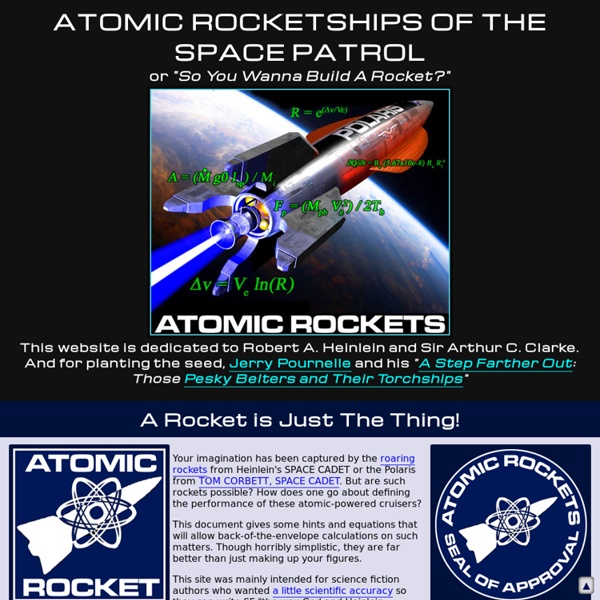Le Courrier Industriel
"Tenth Planet" Larger Than Pluto, Study Confirms
February 1, 2006 Update: On April 11, 2006, astronomers announced that the so-called tenth planet is not as large as previously speculated, though they maintained that it is bigger than Pluto. UB313, nicknamed Xena, is about 1,490 miles (2,400 kilometers) wide, according to new measurements made using the Hubble Space Telescope, the scientists say. Scientists have measured the size of a solar system object discovered last year and confirmed that it is larger than Pluto. The icy object, called 2003 UB313, is located in the far reaches of the solar system. The finding has fueled the debate over what constitutes a planet. Some scientists argue that 2003 UB313 should now be considered the tenth planet of our solar system. "Since UB313 is decidedly larger than Pluto, it is now increasingly hard to justify calling Pluto a planet if UB313 is not also given this status," said Frank Bertoldi, an astronomer at the University of Bonn and Max Planck Institute for Radioastronomy in Germany.
Encyclopedia Coptica: The Christian Coptic Orthodox Church Of Egypt
The Christian Coptic Orthodox Church Of Egypt Encyclopedia Coptica is Courtesy of The word Copt is derived from the Greek word Aigyptos, which was, in turn, derived from "Hikaptah", one of the names for Memphis, the first capital of Ancient Egypt. The Coptic Church is based on the teachings of Saint Mark who brought Christianity to Egypt during the reign of the Roman emperor Nero in the first century, a dozen of years after the Lord's ascension. Although fully integrated into the body of the modern Egyptian nation, the Copts have survived as a strong religious entity who pride themselves on their contribution to the Christian world. The contributions of the Coptic Church to Christendom are many. The Catechetical School of Alexandria is the oldest Catechetical School in the world. Monasticism was born in Egypt and was instrumental in the formation of the Coptic Church's character of submission and humbleness, thanks to the teachings and writings of the Great Fathers of Egypt's Deserts.
SpinCalc
<H1>Sorry ...</H1><P><STRONG>Your browser doesn't support JavaScript programs. Please consider upgrading.</STRONG></P><HR> an artificial-gravity calculator in JavaScript [About the Calculator] Copyright © 2000Theodore W. Last revision: 2012/07/06 About the Calculator Artificial gravity, as it is usually conceived, is the inertial reaction to the centripetal acceleration that acts on a body in circular motion. Radius from the center of rotation. These four parameters are interdependent: specifying values for any two of them determines the values of the other two as well. The calculator assigns a priority to each parameter. The calculator doesn’t update anything until your input is complete. You can select the measurement unit for each parameter. The calculator displays the formulae as proportions, designated by the symbol . . The colored “LED” in front of each parameter indicates how its value compares to the “comfort zone” for artificial gravity, as proposed by several authors:
Hot Jupiters do not rule out alien Earths
Cookies on the New Scientist website close Our website uses cookies, which are small text files that are widely used in order to make websites work more effectively. To continue using our website and consent to the use of cookies, click away from this box or click 'Close' Find out about our cookies and how to change them Space Log in Your login is case sensitive I have forgotten my password close My New Scientist Look for Science Jobs Earth's love handles keep satellites from falling Big bang, no boom: Did Planck pop inflation bubble? Ringed asteroid will make a star blink out over Africa TODAY: 12:19 10 April 2014 The first known asteroid with Saturn-like rings will cross in front of a star this month, perhaps revealing clues to how the thin rings stay in shape NASA 'flying saucer' for Mars to land in Hawaii TODAY: 20:46 09 April 2014 The test flight will use an inflatable system designed to get heavy loads – and perhaps people – safely on the Martian surface TODAY: 19:30 09 April 2014 Where am I?
NEW ADVENT: Home
Artificial Gravity
It's called Apophis. It's 390m wide. And it could hit Earth in 31 years time
In Egyptian myth, Apophis was the ancient spirit of evil and destruction, a demon that was determined to plunge the world into eternal darkness. A fitting name, astronomers reasoned, for a menace now hurtling towards Earth from outerspace. Scientists are monitoring the progress of a 390-metre wide asteroid discovered last year that is potentially on a collision course with the planet, and are imploring governments to decide on a strategy for dealing with it. Nasa has estimated that an impact from Apophis, which has an outside chance of hitting the Earth in 2036, would release more than 100,000 times the energy released in the nuclear blast over Hiroshima. Thousands of square kilometres would be directly affected by the blast but the whole of the Earth would see the effects of the dust released into the atmosphere. And, scientists insist, there is actually very little time left to decide. Having more than 20 years warning of potential impact might seem plenty of time. Prof Fitzsimmons.



